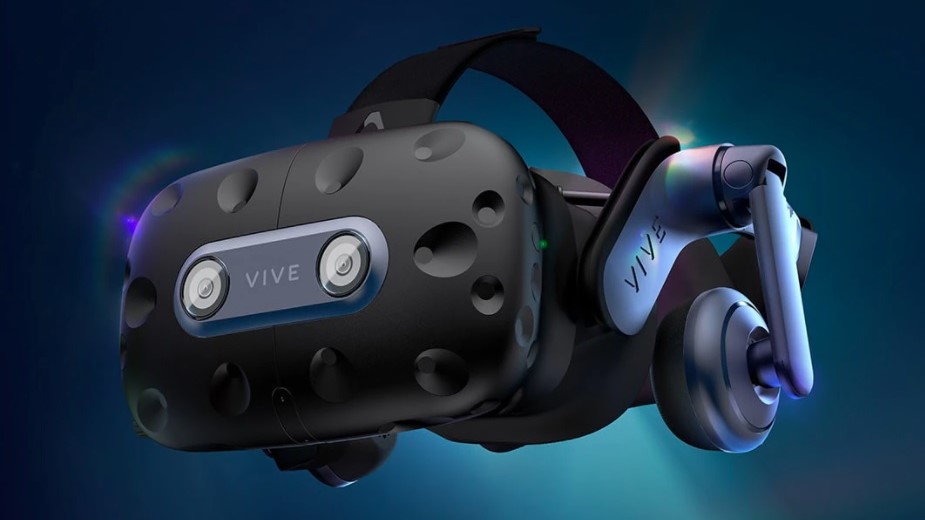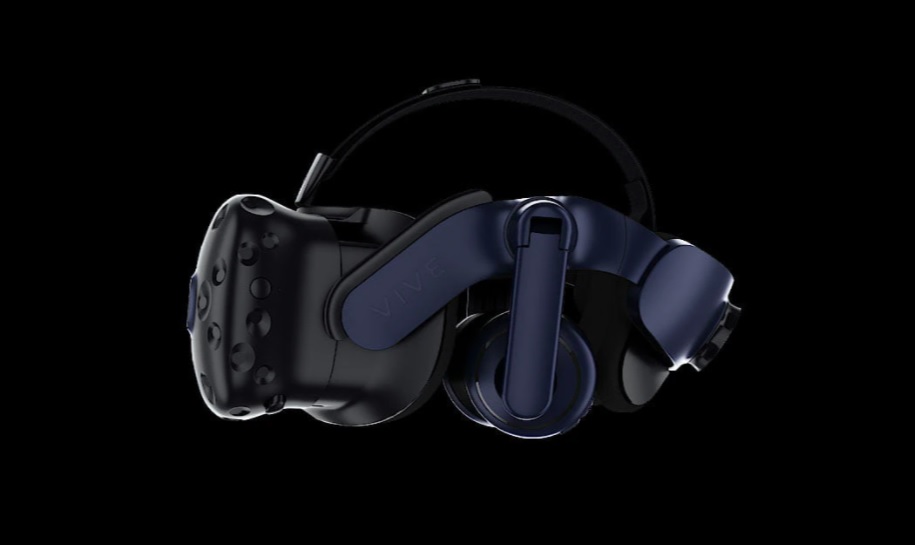HTC Vive Pro 2 is the first 5K VR headset with a killer 120Hz display
HTC Vive Pro 2 brings in killer specs — for a price

HTC has revealed the Vive Pro 2, a virtual reality headset that sports a 5K display and a 120Hz refresh rate, more than enough to challenge the stellar Oculus Quest 2.
Following in the footsteps of 2018’s Vive Pro, the second-generation VR headset looks to boost the visual fidelity of VR experiences by offering a 120-degree field of view — up from the 110 degrees of its processor — and access to Display Stream Compression (DSC) tech that’s usually found in high-end monitors. But this all comes at a hefty price.
- These are the best VR headsets out right now
- Here's our Oculus Quest 2 review
- Plus: Forget Roku: Walmart's cheap $30 4K Android TV box just leaked
With a starting price $749 for the headset alone and a price tag of $1,399 when the Vive Pro 2 is released on June 4, it’s definitely a VR headset for enthusiasts.
However, under the headset’s familiar design there’s a strong suite of upgrades, not least the higher resolution of 2048 x 2448 per eye and the 120Hz refresh rate.
Then there’s a dual stacked-lens design and the aforementioned DSC tech. This all helps reduce the “screen door effect,” which is when you can see a mesh-like appearance on the screen due to seeing gaps in pixels when your eyes are very close to a display.

Some might scoff at the price, especially when considering that more affordable headsets like the Oculus Quest 2, which starts at $299, exist. That said, not many offer what the Vive Pro 2 does; the only other 5K VR headsets are the Pimax Vision 5K and 8K models, both of which are currently more expensive than the HTC Vive Pro 2.
As for how the HTC Vive Pro 2 will stand out in a crowded VR marketplace remains to be seen. Right now, the VR conversation continues to center around the Oculus Quest 2. Not only is its price point affordable, it can be plugged into a PC for more hardcore applications. Plus, Oculus' Air Link functionality makes games with a lot of movement far easier as it removes dangling wires.
Get instant access to breaking news, the hottest reviews, great deals and helpful tips.
While the HTC Vive Pro 2 does impress on paper, its 120-degree field-of-view is measured in the diagonal, meaning it's not as expansive as HTC would suggest. Plus, HTC has opted for LCD displays over OLED, which some feel is a downgrade.
Lastly, the full $1,400 kit includes the original Vive wands, as the controllers have not been updated at all for 2021. For HTC to stand out and win a spot on our best VR headset list, it really will need to prove that these upgrades are worth the high asking price.

Kenneth Seward Jr. is a freelance writer, editor and illustrator who covers games, movies and more. Follow him @kennyufg and on Twitch.
